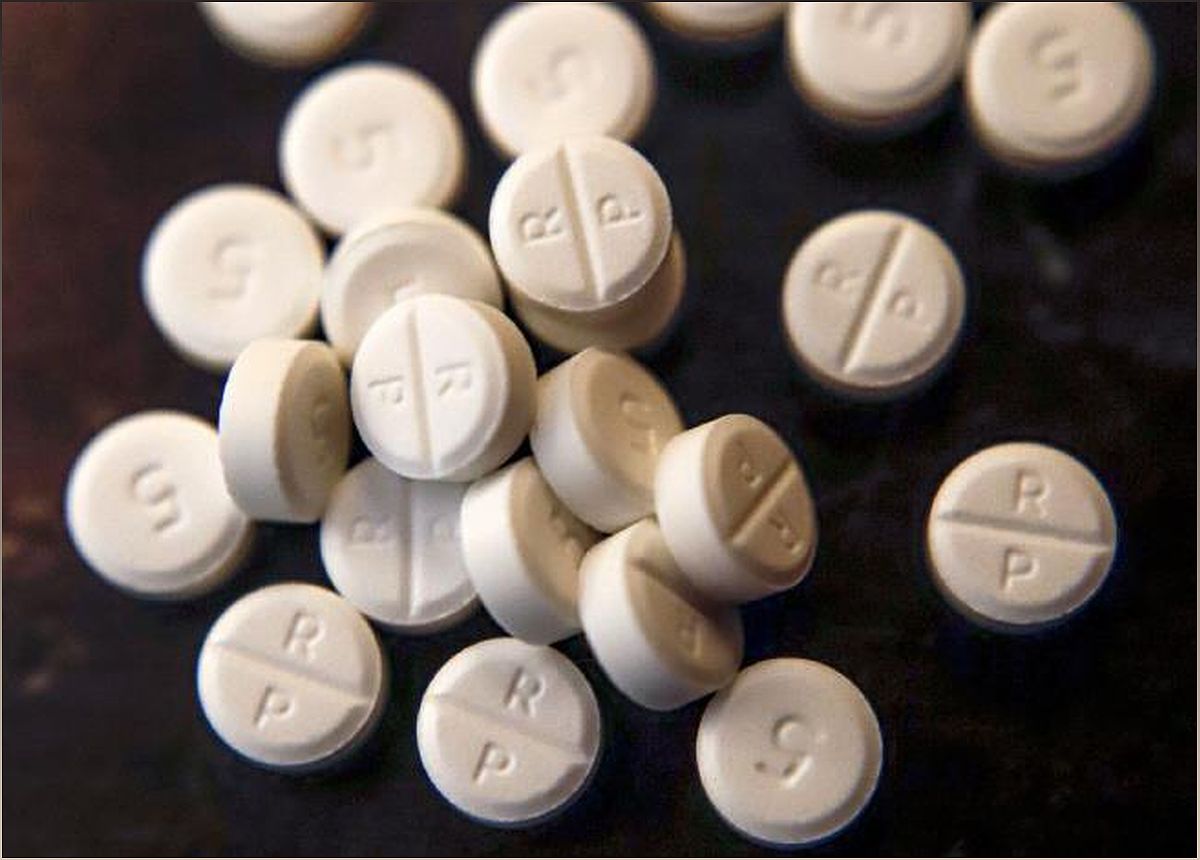The Alarming Rise of Polysubstance Use: A Crisis in Addiction
The opioid epidemic has taken a dangerous turn with the increasing presence of fentanyl on the streets. However, experts have noticed an even more alarming trend. Individuals struggling with drug addiction are now more likely to use multiple substances, combining different types of drugs that pose a challenge for health officials to treat. This phenomenon, known as polysubstance use, has become the norm for 70-80% of people addicted to opioids. Join me, Emily Johnson, as we delve into this addiction crisis and explore the complexities of this growing problem.
The Rise of Polysubstance Use
Understanding the alarming trend of combining multiple substances in addiction.
Polysubstance use, the act of combining different types of drugs, has become increasingly prevalent among individuals struggling with addiction. This dangerous trend poses a significant challenge for health officials and treatment providers.

According to experts, 70-80% of people addicted to opioids now engage in polysubstance use. This means that the opioid epidemic has evolved into a broader addiction crisis that requires a comprehensive approach.
But why are individuals turning to multiple substances? The answer lies in the unpredictability and potency of newer drugs, such as fentanyl-laced counterfeit pills and stimulants like methamphetamine. These substances are often mixed with opioids, creating a deadly combination that further complicates addiction treatment.
The Dangers of Polysubstance Use
Exploring the risks and health implications of combining different types of drugs.
Polysubstance use significantly increases the risks associated with drug addiction. The combination of substances can lead to unpredictable and potentially fatal outcomes.
Health officials warn that the mixing of opioids with other drugs, such as benzodiazepines or stimulants, can suppress the respiratory system and increase the likelihood of overdose. Additionally, the use of counterfeit pills laced with fentanyl poses a high risk of accidental overdose.
Moreover, polysubstance use can complicate the treatment process. The interaction between different substances may require specialized interventions and medications, making recovery more challenging for individuals struggling with addiction.
The Role of Fentanyl in Polysubstance Use
Understanding the impact of fentanyl in the current addiction crisis.
Fentanyl, a potent synthetic opioid, has emerged as a major contributor to the polysubstance use crisis. Drug dealers often lace their supply with fentanyl to increase its potency and addictiveness.
The presence of fentanyl in the illicit drug market has led to a surge in overdose deaths. Its high potency makes it extremely dangerous, especially when combined with other substances.
Efforts to address the addiction crisis must include strategies to combat the influx of fentanyl and provide comprehensive support for individuals struggling with polysubstance use.
The Resurgence of Methamphetamine
Examining the comeback of methamphetamine and its impact on addiction treatment.
While fentanyl dominates the headlines, another concerning trend has emerged: the resurgence of methamphetamine. Producers have started making a more potent form of the drug, leading to its increased availability and use.
Methamphetamine poses unique challenges in addiction treatment. Its stimulating effects can make individuals less likely to seek help, and the combination of methamphetamine with opioids further complicates the recovery process.
Experts emphasize the need for a comprehensive approach that addresses both opioid addiction and the resurgence of methamphetamine to effectively combat the addiction crisis.
Addressing the Complexities of Polysubstance Use
Highlighting the need for a comprehensive approach to tackle the addiction crisis.
The rise of polysubstance use demands a multi-faceted response from health officials, policymakers, and treatment providers. Simply focusing on a single substance, such as opioids, is no longer sufficient.
Efforts should include increasing access to evidence-based treatment programs, improving education and awareness about the risks of polysubstance use, and enhancing support systems for individuals in recovery.
By addressing the complexities of polysubstance use, we can better support those struggling with addiction and work towards reducing the devastating impact of the addiction crisis.
